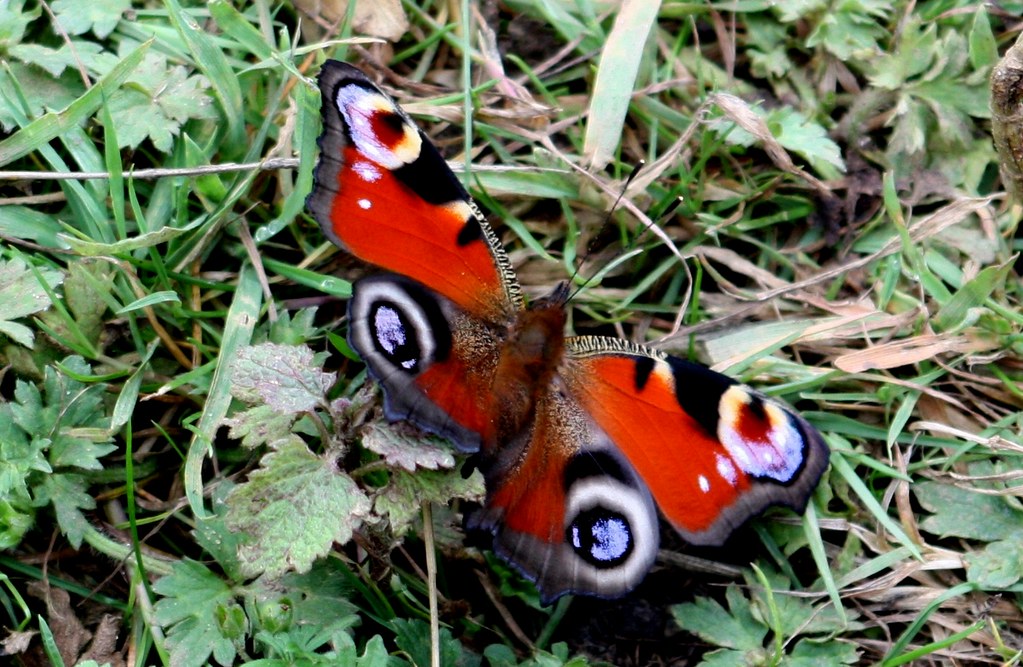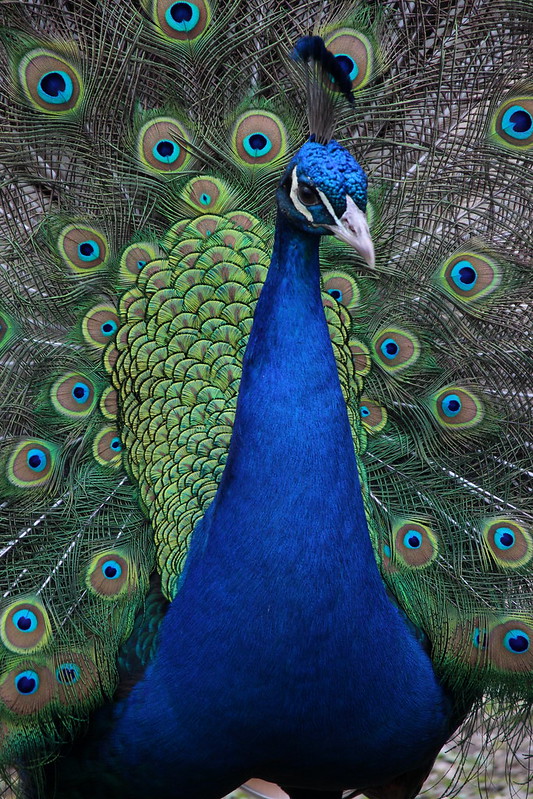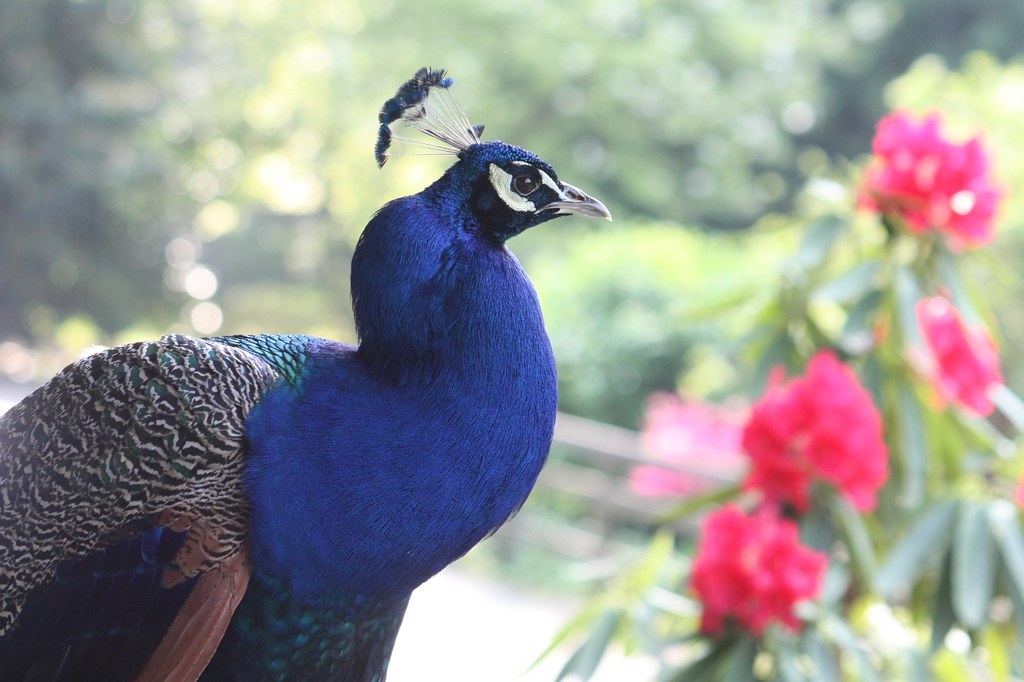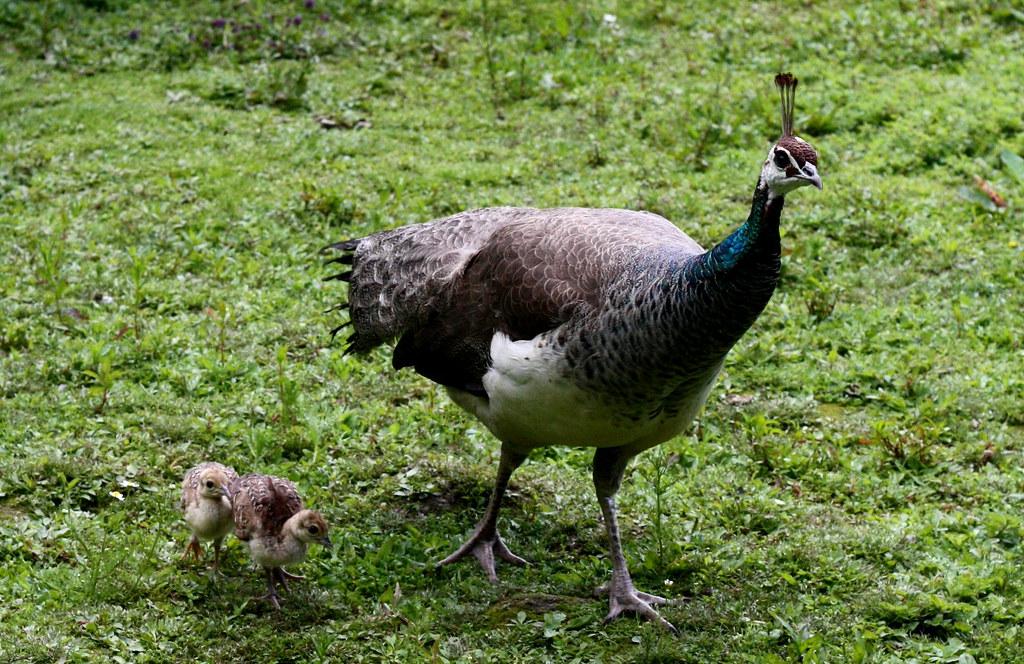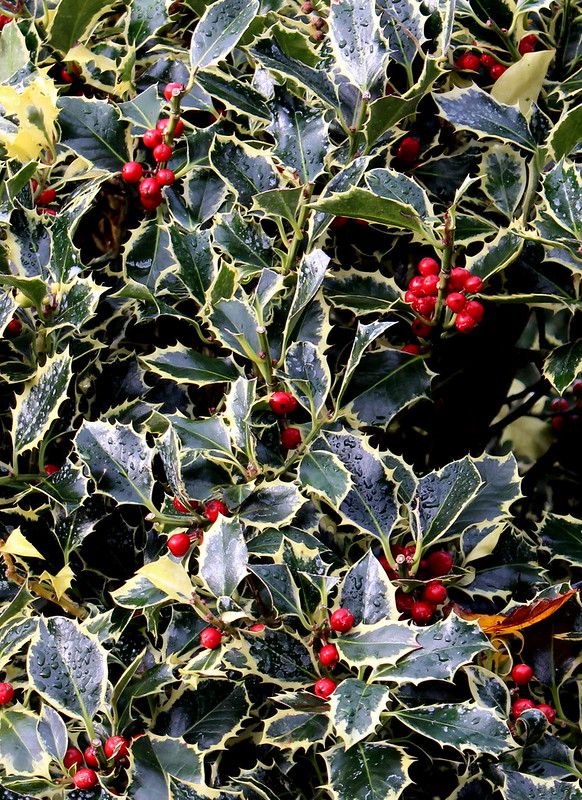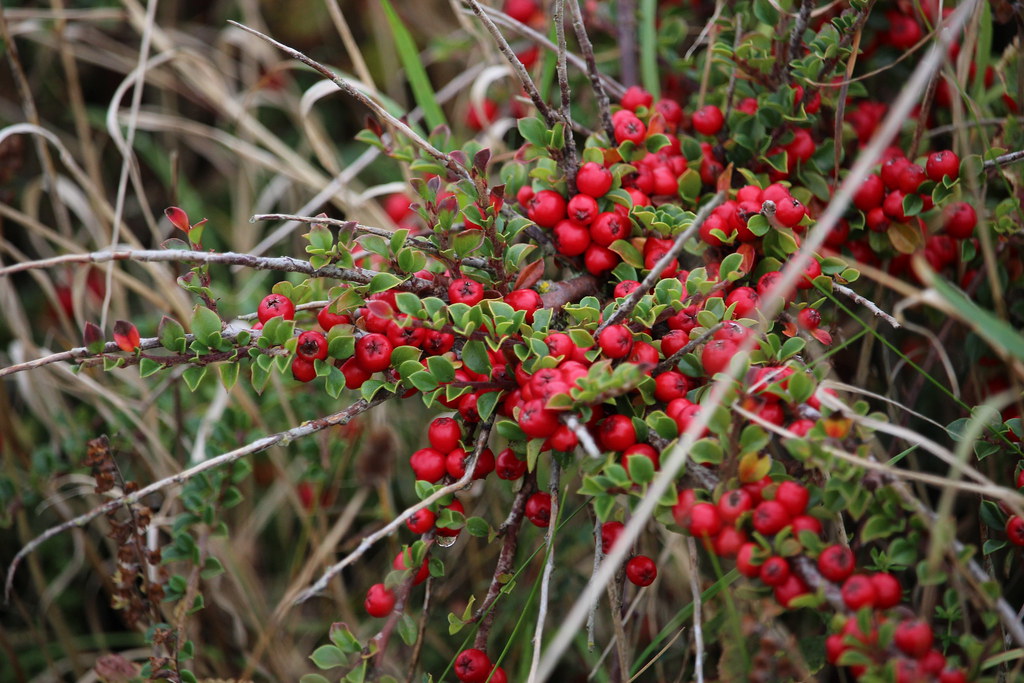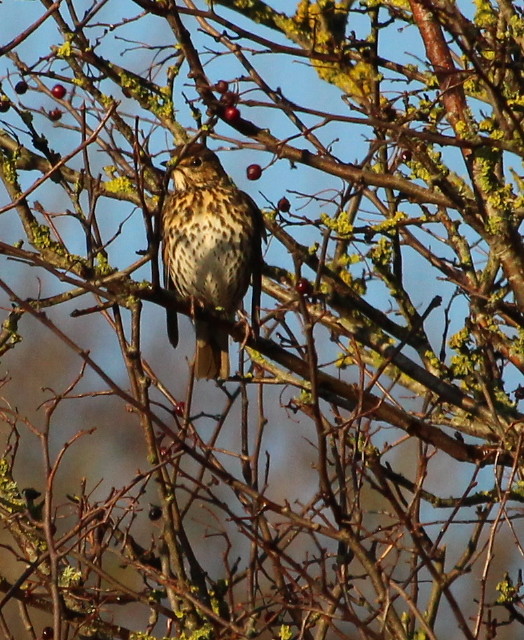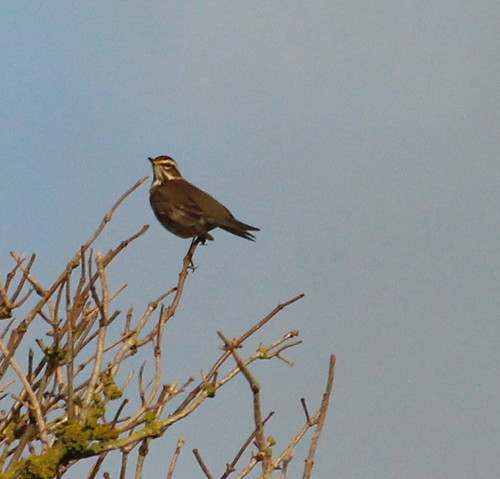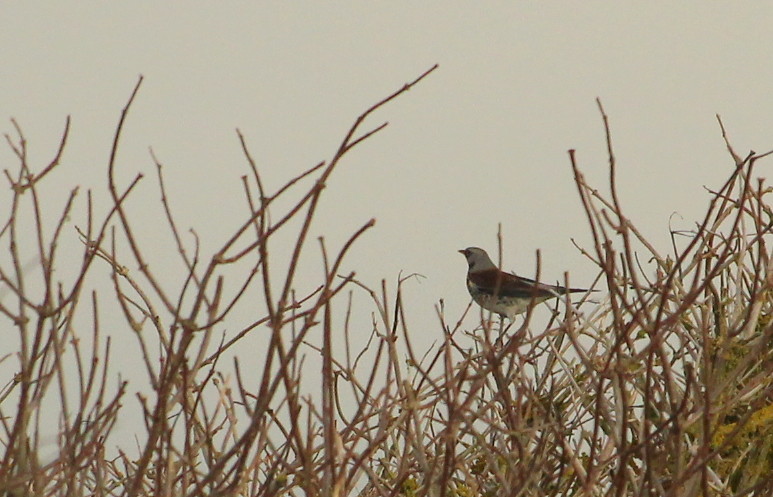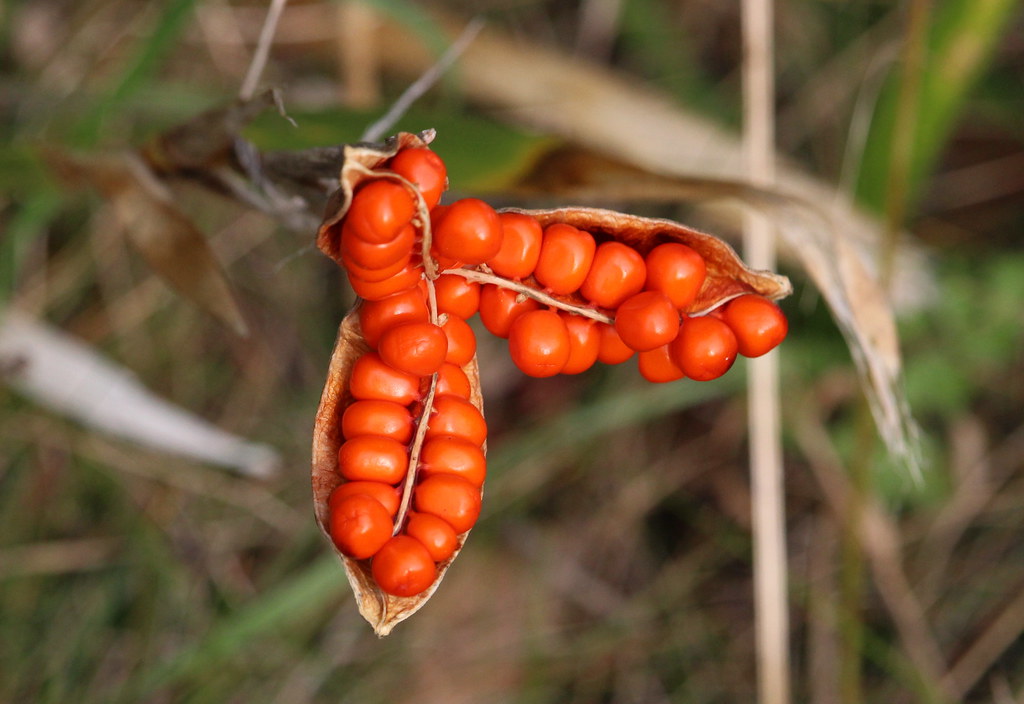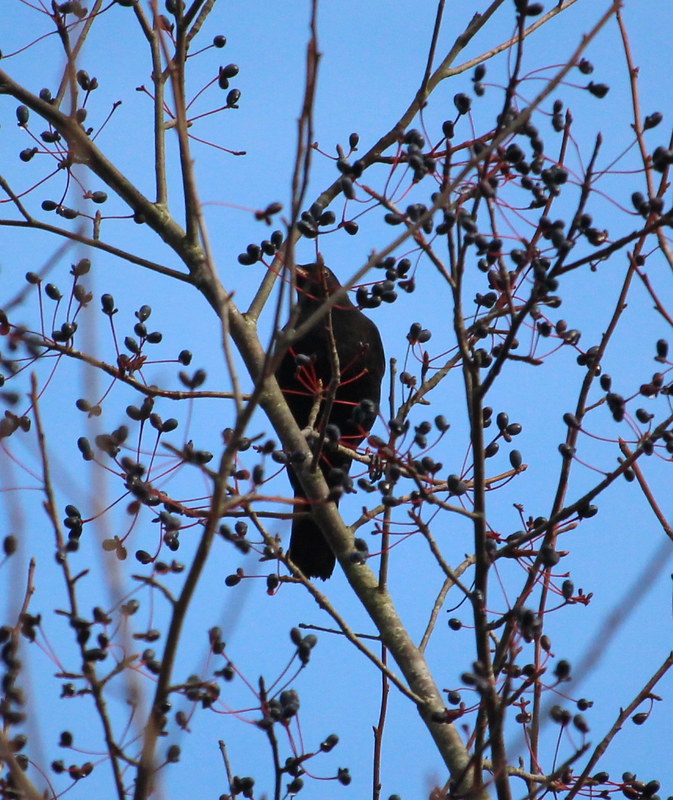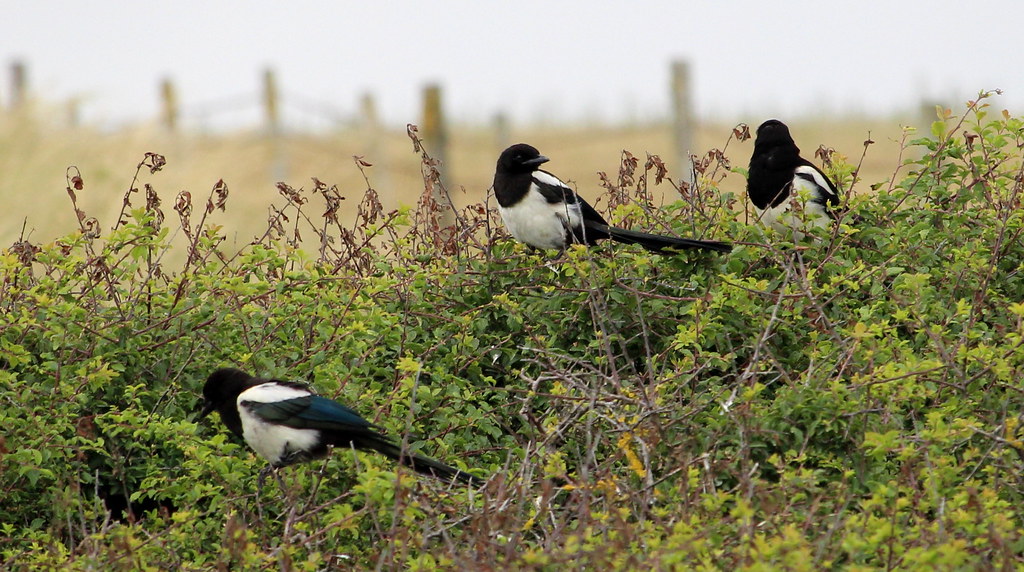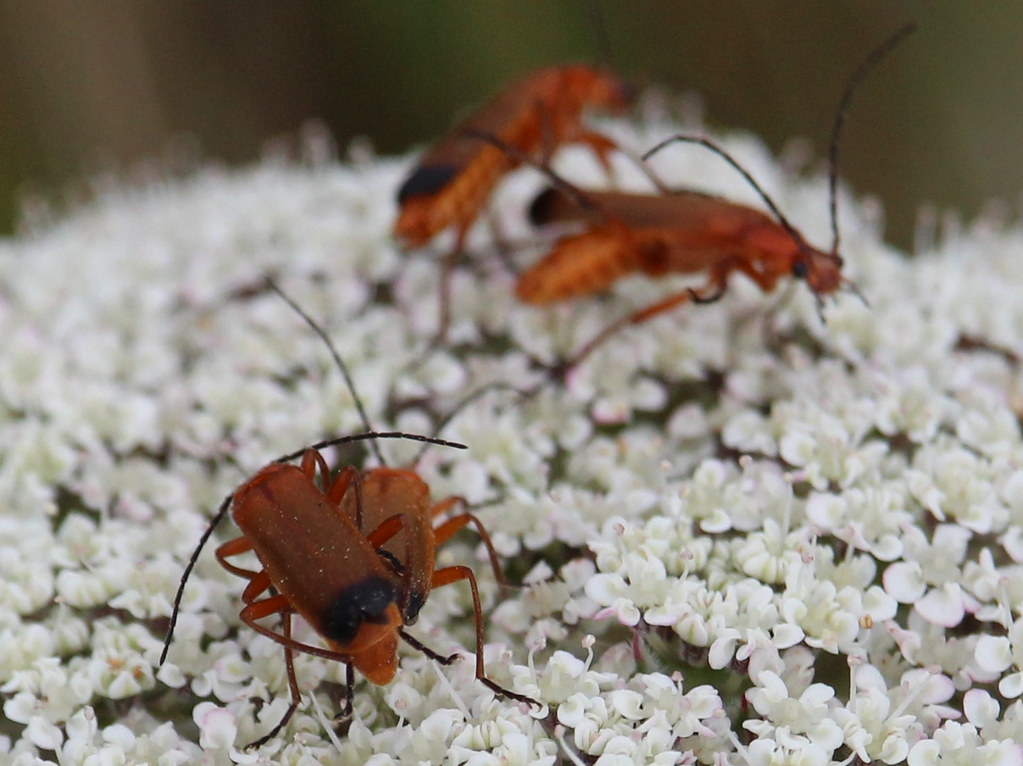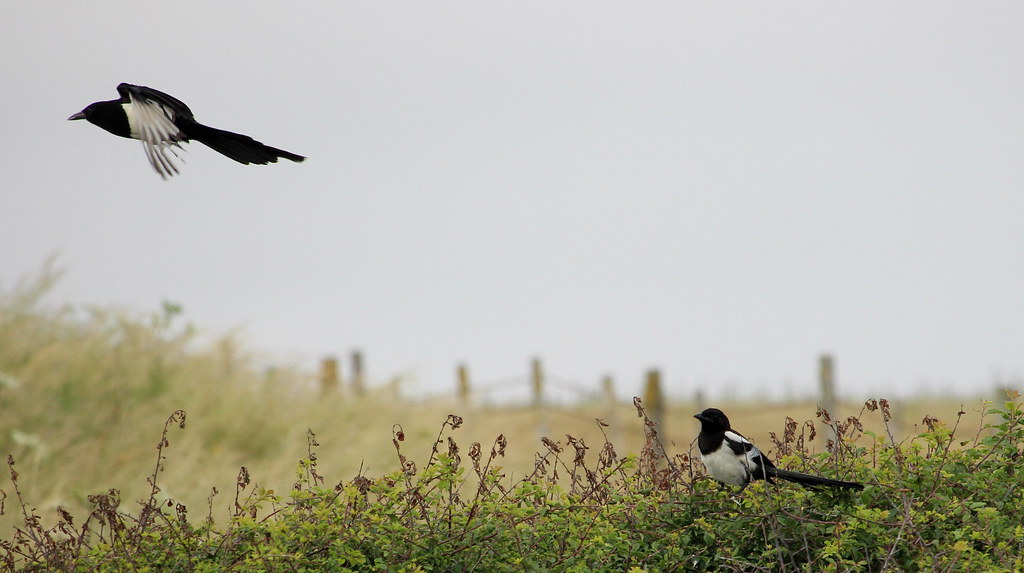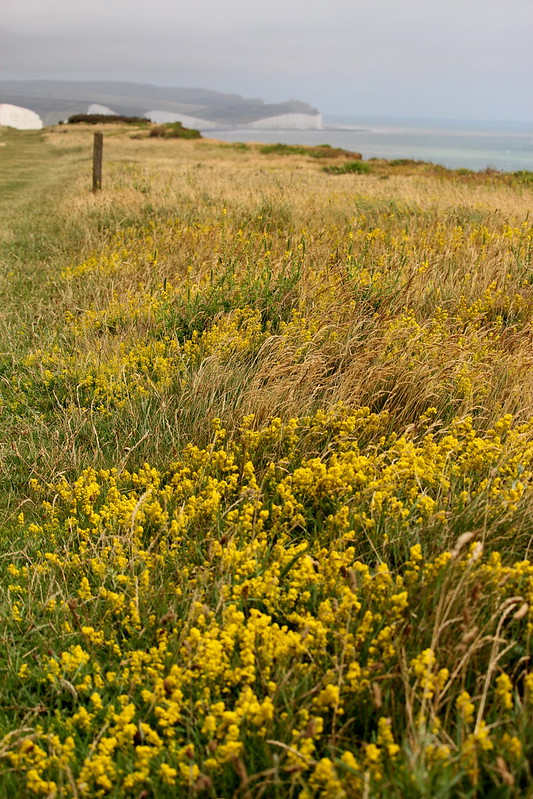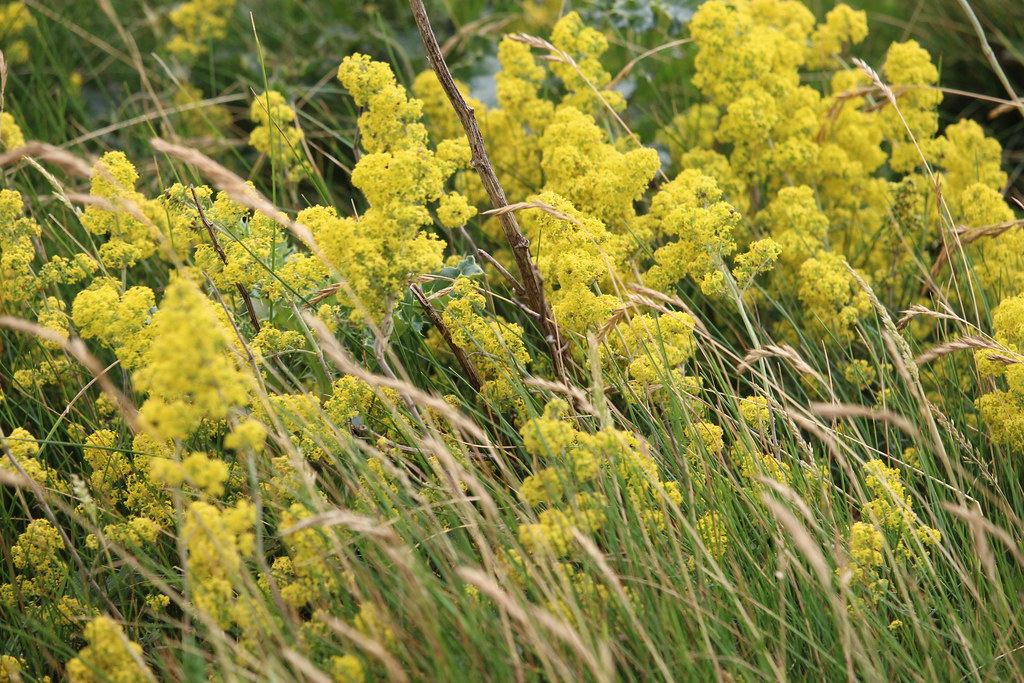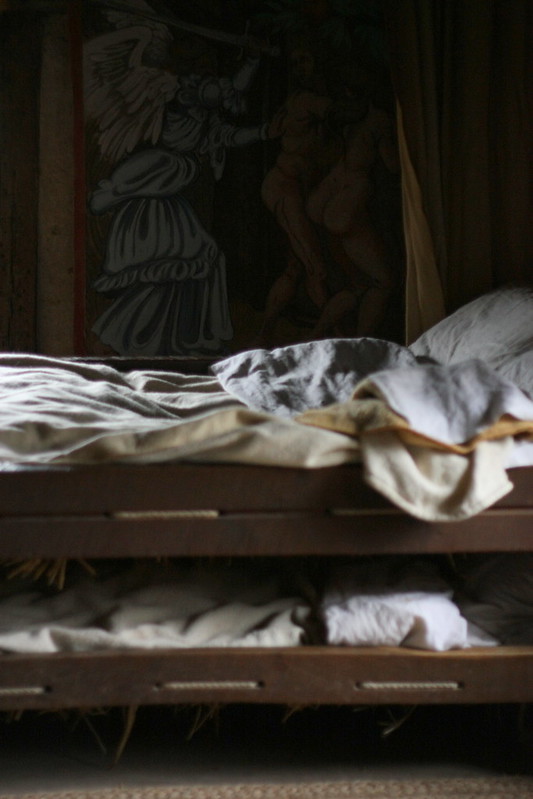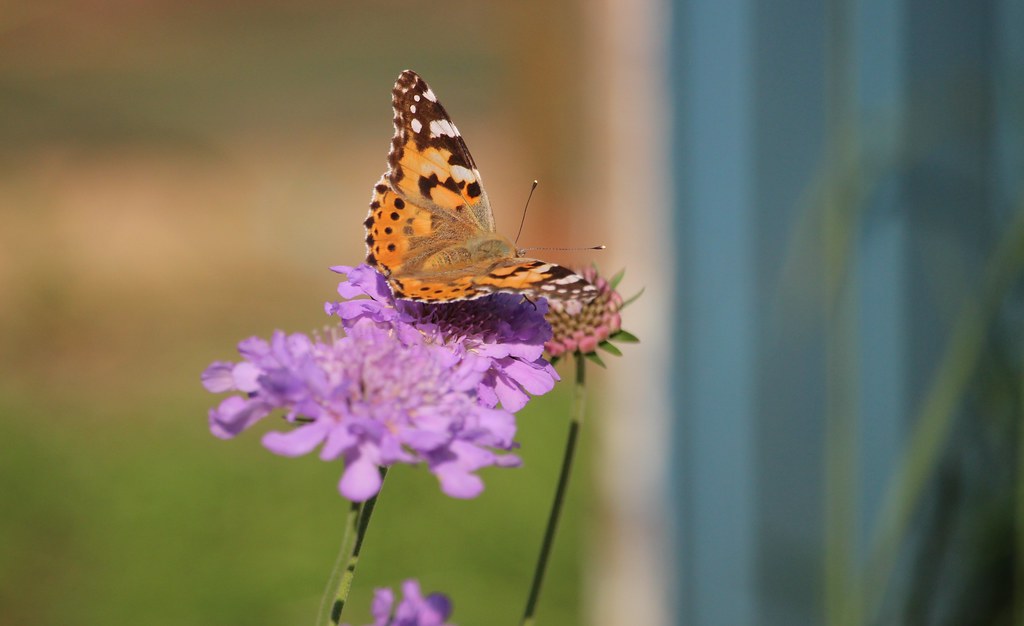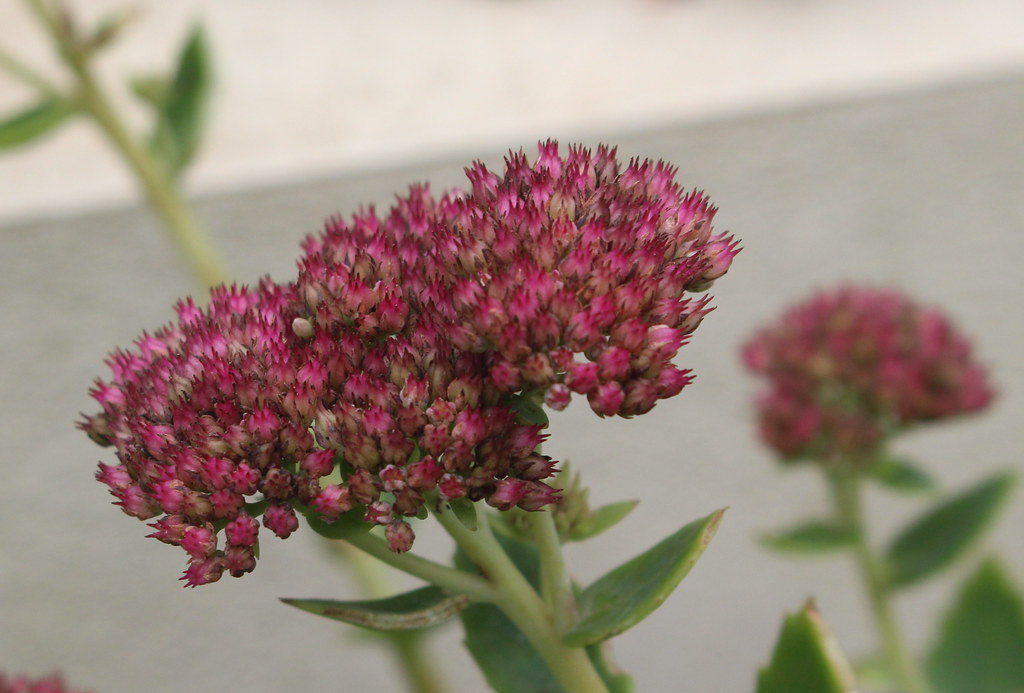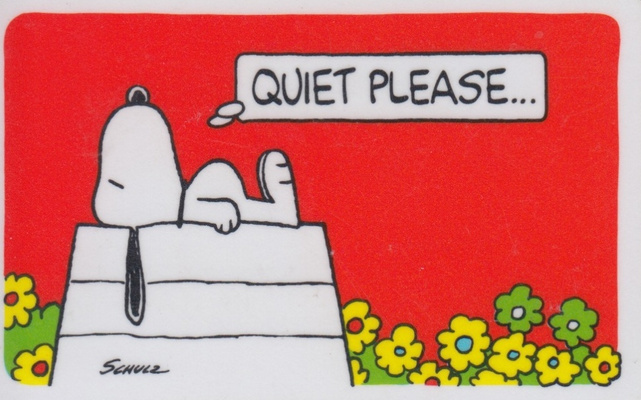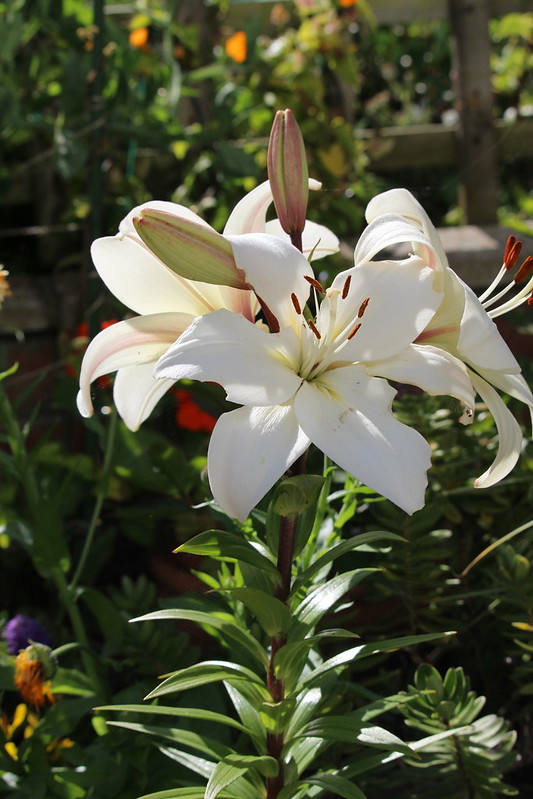A LLB is a birdwatcher’s slang for a little brown bird that you can’t easily identify. These can be a bit of a nightmare to tell apart, especially in dismal light, such as we seem to have had on most of my miserable days off for around the last few months! It is frustrating not being sure if that little bird that just flew off was a common bird or something more interesting! Not that that common ones are any less welcome of course!
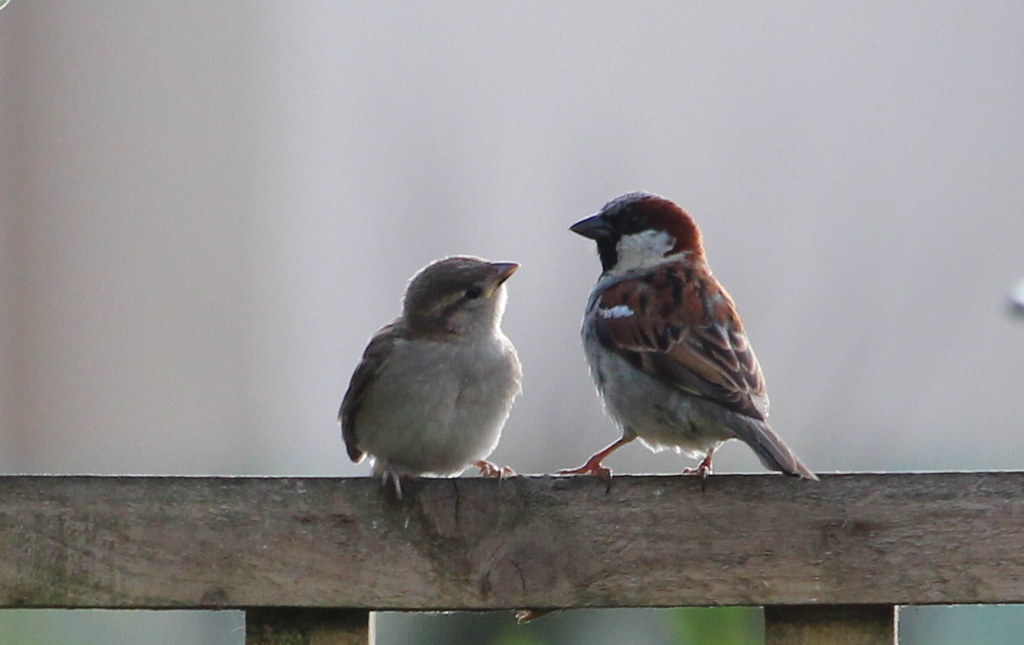
(my) sparrows in the garden
I’m getting better at identifying the most commonly seen birds, and it’s great when you do get near enough to positively identify them. It’s often the bird behaviour that gives you the first clue, rather than a reliable view of the brown feathers. Regulars in my gardens are the house sparrows and dunnock. Though both small and brown they behave very differently. The sparrows are normally moving around in the safety of a crowd unless feeding young. They fly first to the bushes beyond our lane, chirping cheerfully among themselves, then after checking the coast is clear, they fly into the garden, either hiding in the hedge, or perching on the trellis until they decide it is safe to attempt a landing on the bird feeder. They are more likely to decide it is safe to proceed when the starlings are also in, which means a lot more competition for the food, as the starlings squabble with any bird in sight. If they can’t find a spot on the bird feeder the sparrows will dive under the bird table to grab the spillages. If they find a spot on the feeder, they too will fight with each other for space.
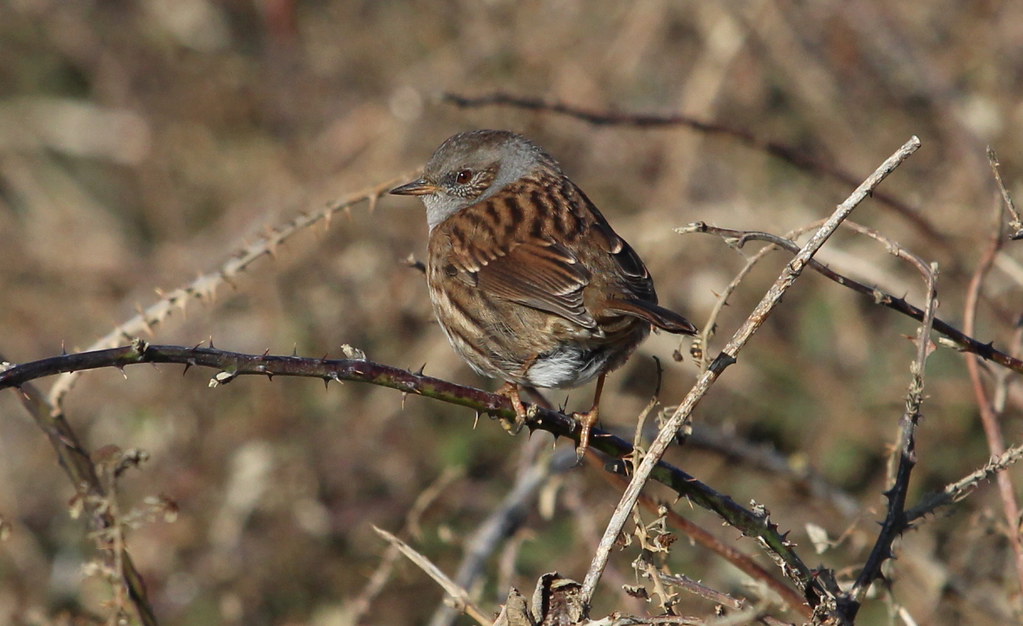
Dunnock on Seaford Head
The splendid dunnock on the other hand is often spotted alone, or with a mate or chasing a competitor. He will stalk and strut along the back fence in a territorial manner, and always feeds on the ground. Under the bird table, in the flower beds or even in the flower pots. If the robin has his back to you, he could also be mistaken for the dunnock, having similar movements and feeding habits. But his song is unmistakeable and cheery, marking out the Winter territories in which pairs tend to spread out into wider feeding areas. In late Summer a walk over Cuckmere had robins singing from every corner!
Over Seaford head, a favourite brown bird of mine this year has been the meadow pipit (affectionately nicknamed mipits!) They are frequently disturbed from the grassland, or spotted fence hopping along the coast path.
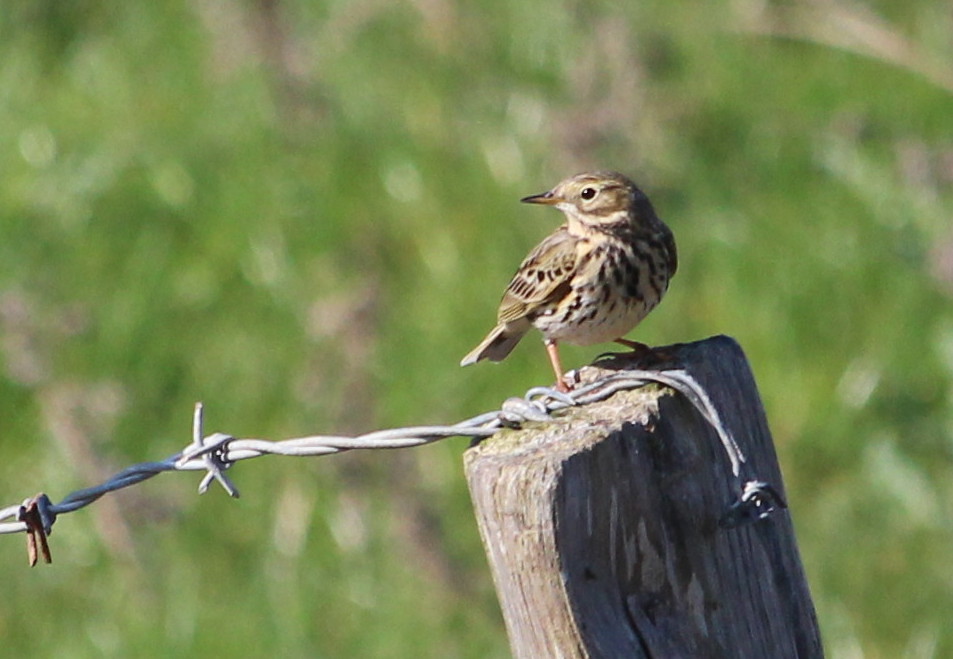
Meadow pipit at Cuckmere
This is also skylark territory, and you’ll often spot these too. In the air and singing, the skylark is unmistakeable and a wonderful sight and sound. I heard my first one of 2018 at Tidemills last week, so Spring must be on its way! Spotting one in the grass or fence, it’s quite hard to differentiate between the two little birds, though the skylark is slightly larger, and can have a crest on the top of its head, but not always obviously!
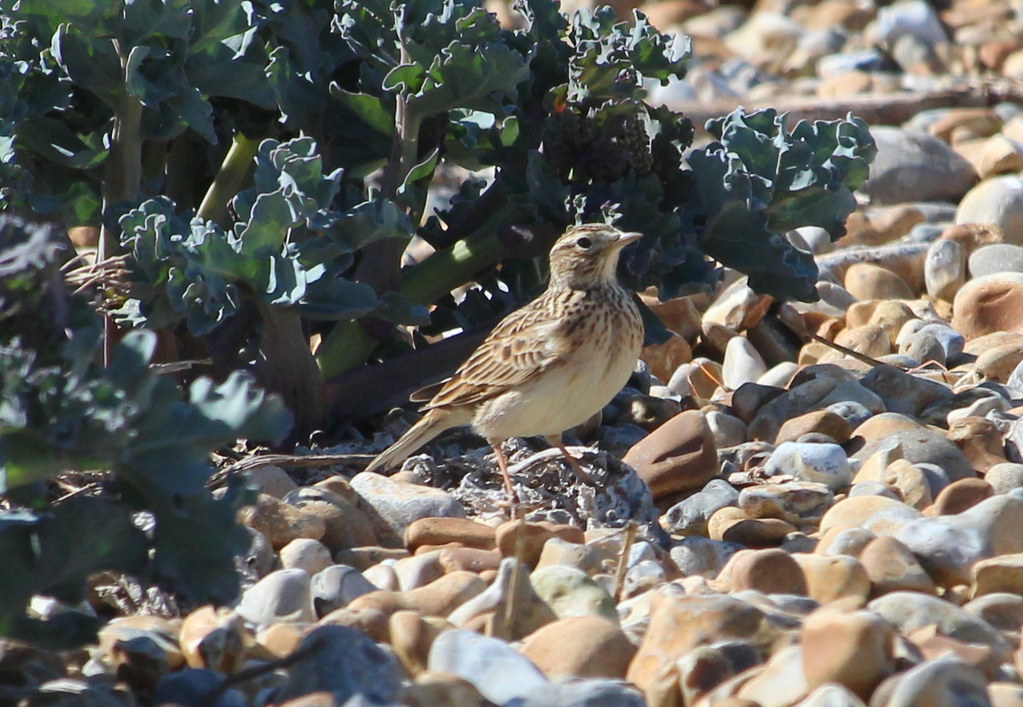
Skylark at Tidemills
Towards Splash point on the rocks and jetty there are often rock pipits, which are also similar, though tending to be darker in colouring.

Rock Pipit at Splash Point
They are a bit of a challenge these brown birds, but far from boring!
My challenge this year is to spot and correctly identify a few more warblers and for this I think I really need to learn my bird songs. It’s very rare to get a photo as clear as this one. I’m putting my money on willow warbler due to the light colour legs, but a song or two would also have helped rule chiffchaff out!
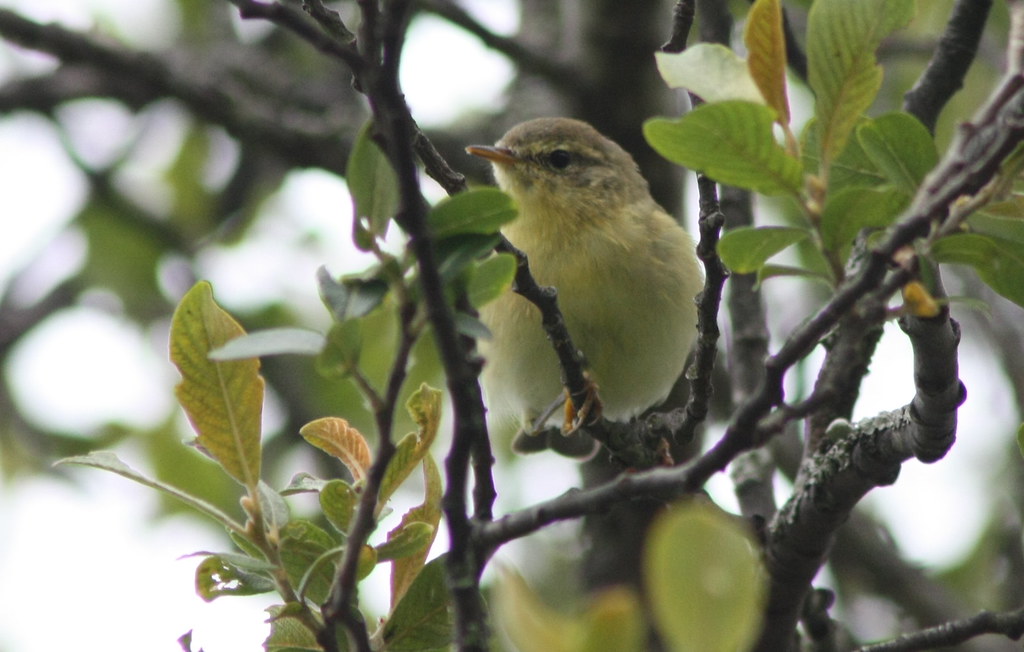
Dawn chorus here I come.. just as soon as that interminable rain stops
I heard a bird sing
In the dark of December.
A magical thing
And sweet to remember.
“We are nearer to Spring
Than we were in September,”
I heard a bird sing
In the dark of December
by Oliver Herford
